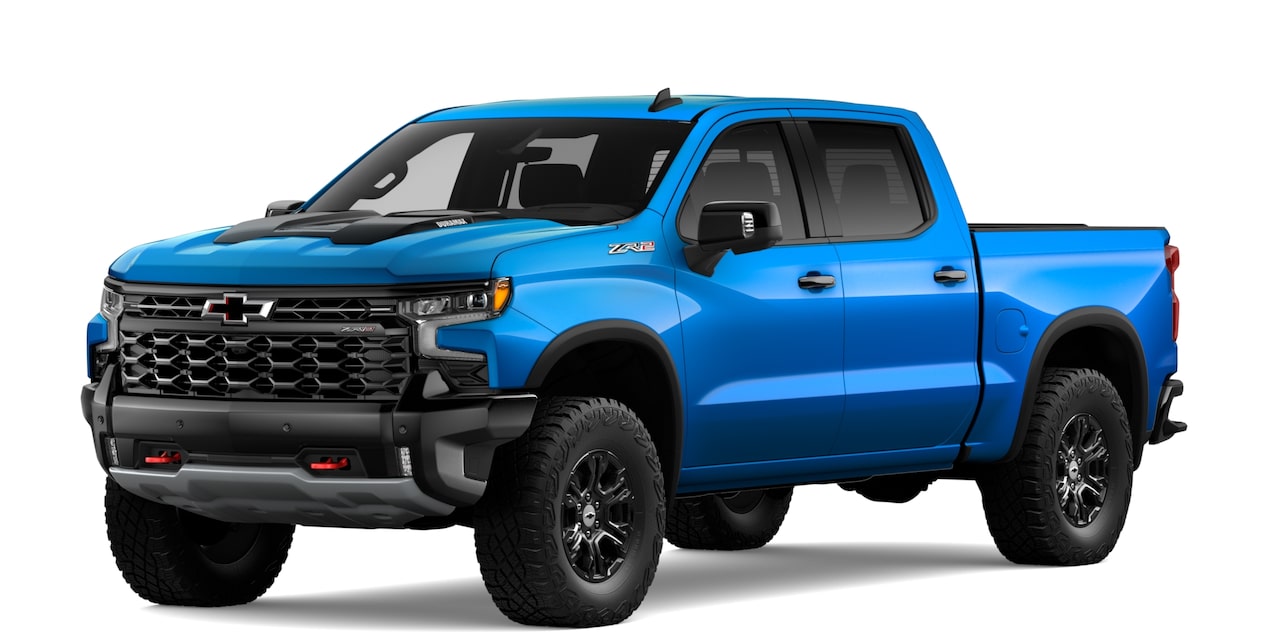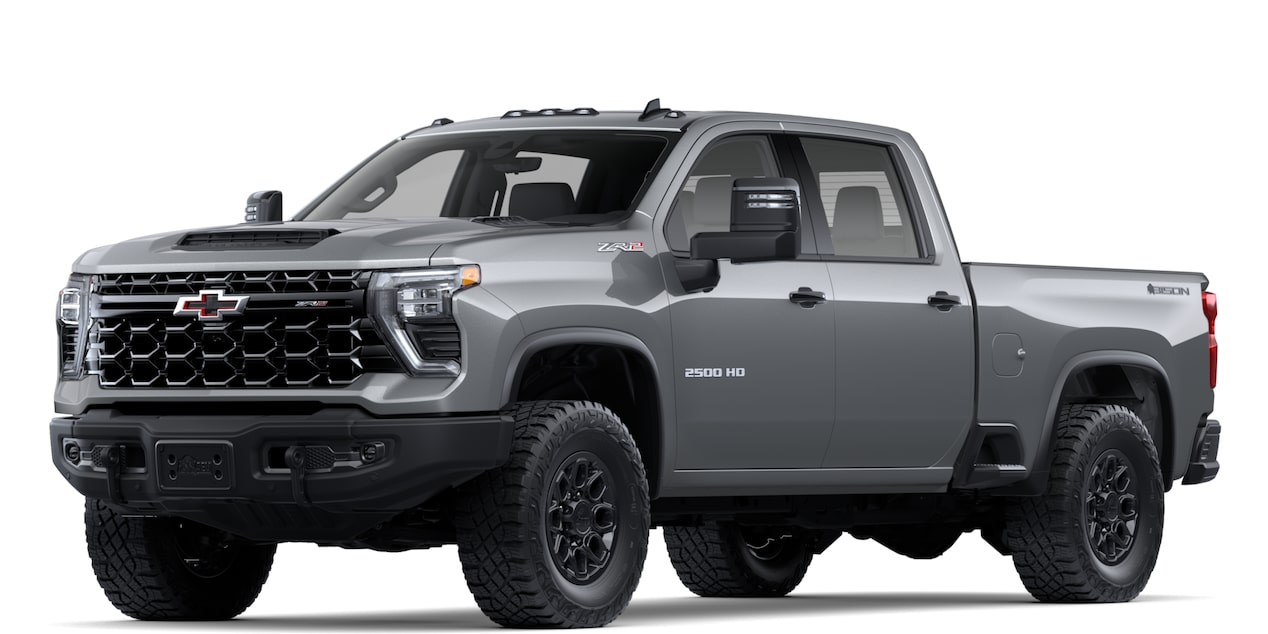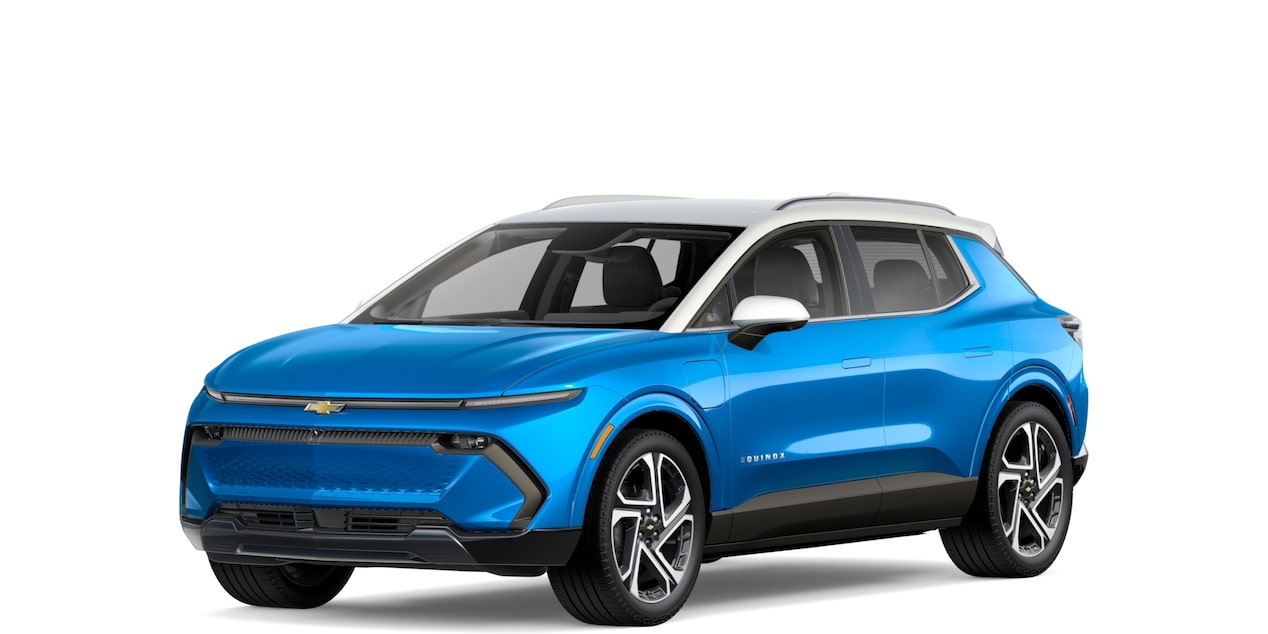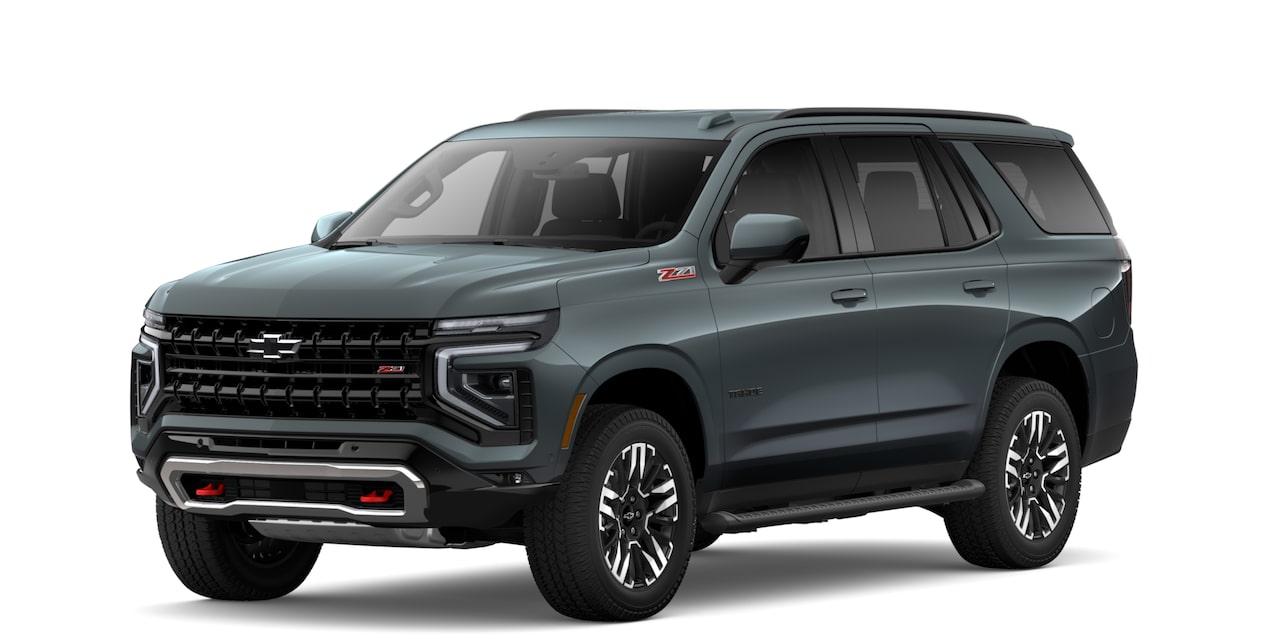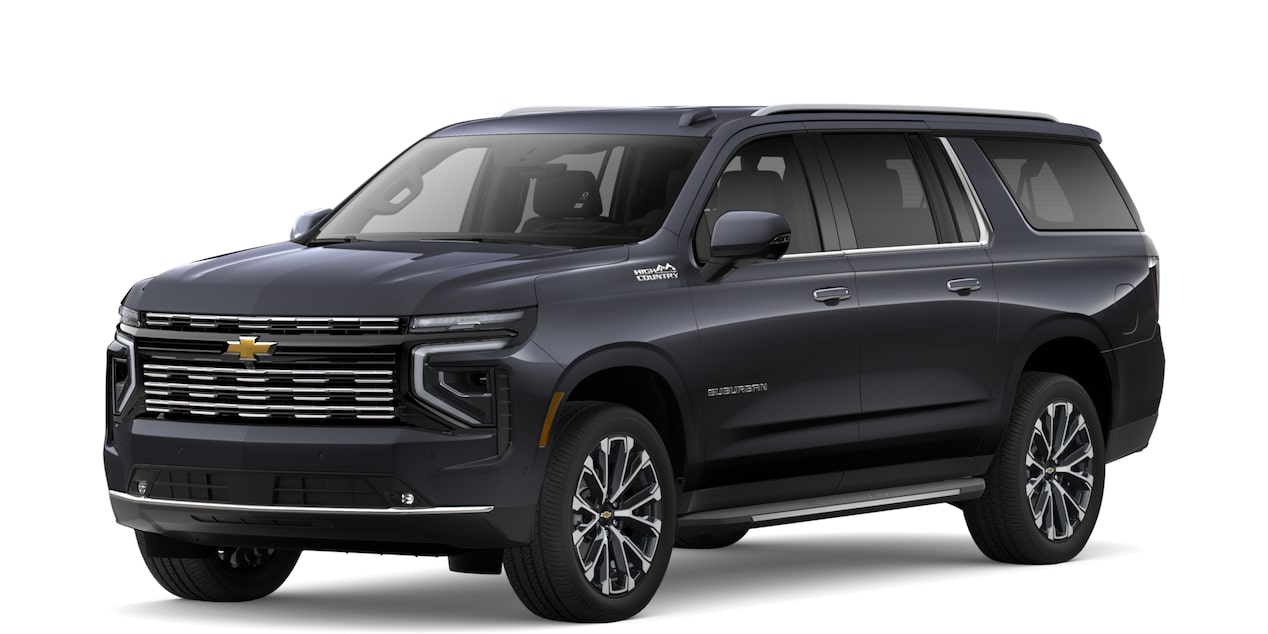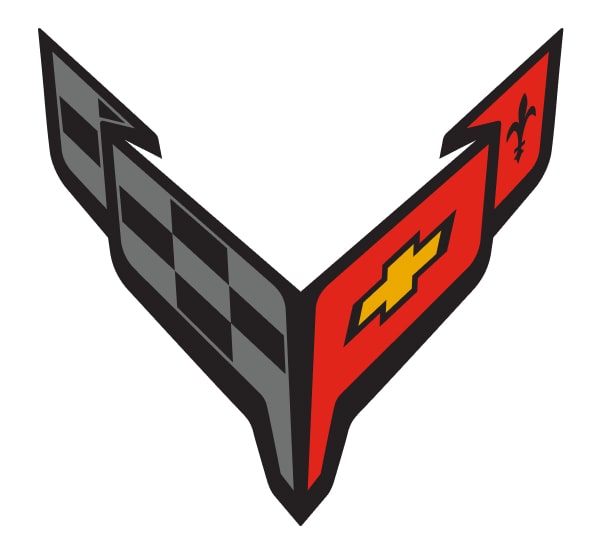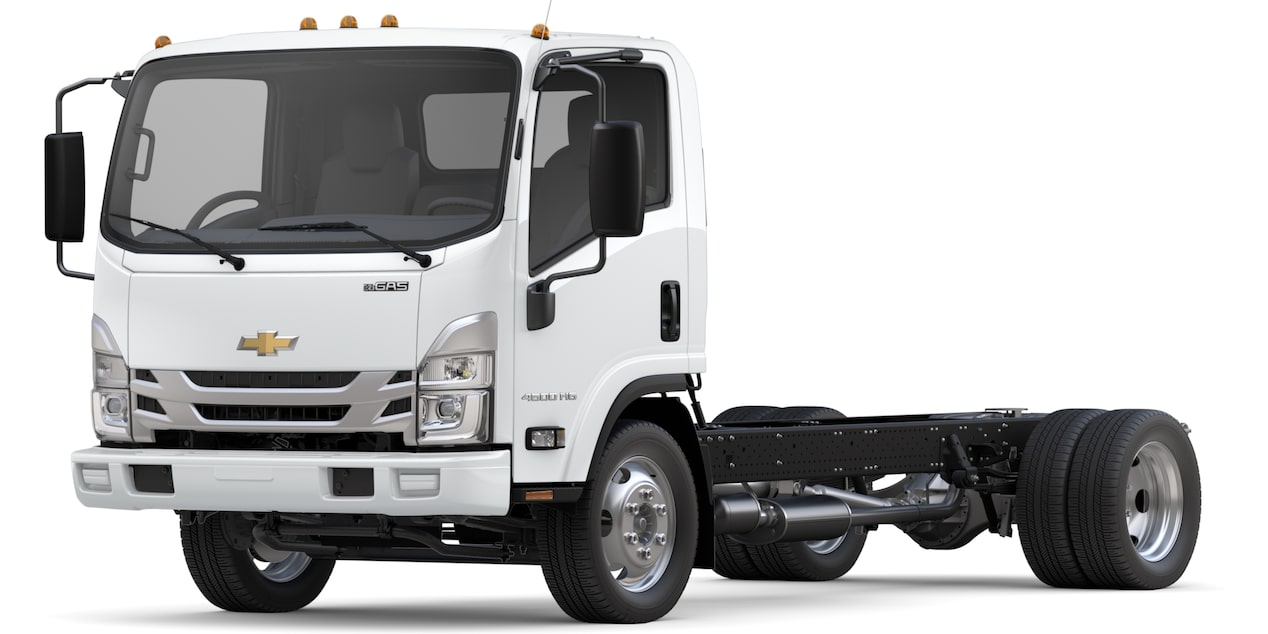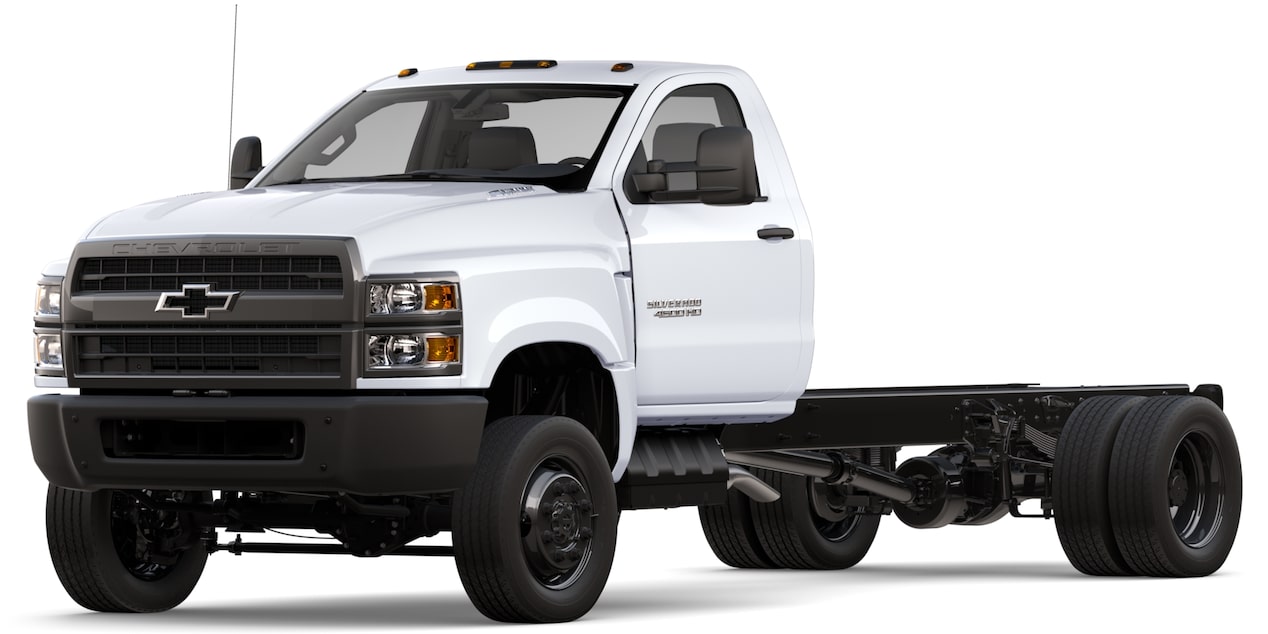Everything needed to make a project into a performer.
Explore This Page
LS/LT/LSX Components
The source for factory-engineered LS, LT and LSX engine parts.
Top Sellers
Small-Block Performance Engine Components
Tested to the same rigorous standards as the engines they’re designed for.
Top Sellers
Big-Block Performance Engine Components
Tons of choices and combinations for building the ultimate Big-Block engine.
Top Sellers
Transmission Components
The clear choice for complementing Chevrolet Performance Crate Engines and Transmissions.

Connect With Us
Offers, news and more all directly from Chevrolet Performance.
Follow our official Chevrolet Performance social media channels. Tag us in your #ChevroletPerformance posts with @ChevroletPerformance


